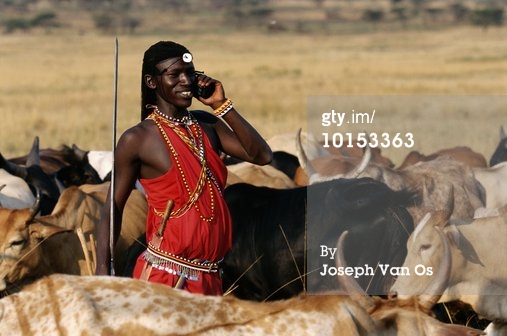Yesterday I finally managed to successfully create a twitter bot. Thanks go out to the amazing twitter community that made this possible, namely @samplereality who provided me with the easiest bot creator I’ve found to date… and I say easiest because I managed to get it to work in less than 30 minutes, once I realized I’d been forgetting to authenticate. The tutorial he suggested that worked can be found here:
http://zachwhalen.net/blog/13/nov/using-google-spreadsheets-generated-text-twitter-bot
I think it might be something I use in my classes too, just need to come up with the broader framework and theoretical engagement. I know it’s there, but I’m stuck on the “OMG this is so friggin cool” moment still.
Why this bot?
Because why not? No. That isn’t the reason. I’ve been vocal of the years about how horrid that American translations of Fanon’s works are, partially because of the time they were translated in and the political situation on the ground here. But, it can be translated better, in bits and pieces, by a bot and a platform. You see, twitter has integrated bing translate. So if you click on a tweet, you have an option to translate it, and the translations so far have been pretty good. So, gift to anyone who is interested.
The other reason I made this bot is… I like have random bits of Fanon show up in my own twitter timeline. So, as a result, we now have @FanonInFrench putting the quotes out there as they were originally written, because.. I think that’s important.
The one thing about the amazing simple bot creator that I used is, there’s a limit to the text archive. Which is fine. It means that I have to form a schedule of when and what to update. But, I think that’s good to. It’s like a half bot bot. Or I’m part bot. Or, it’s a cyborg bot. Right now I’m trying to determine if text will be updated weekly on Friday, or bi-weekly. Given my character, I imagine it will be updated once a week.



